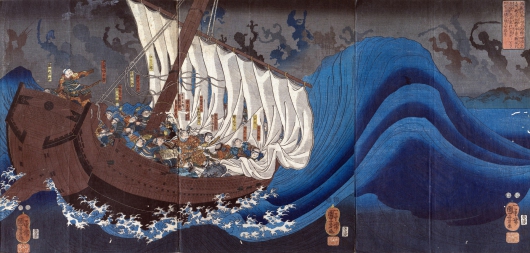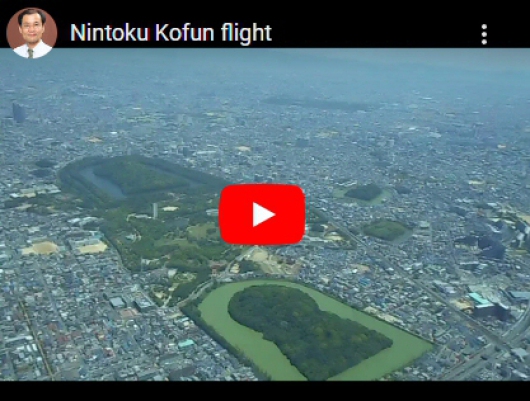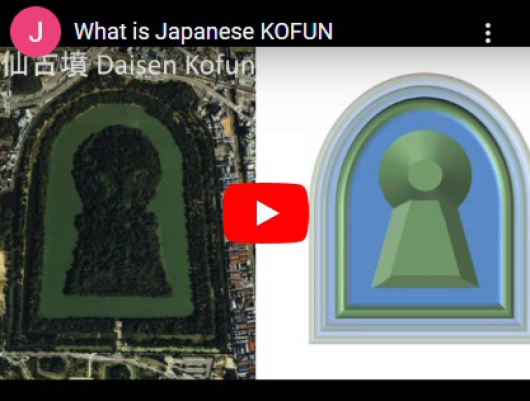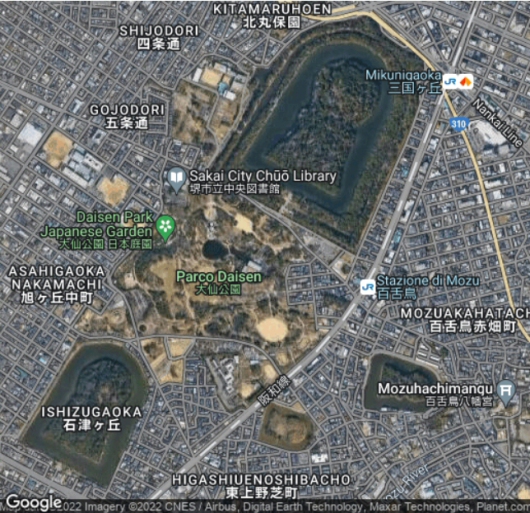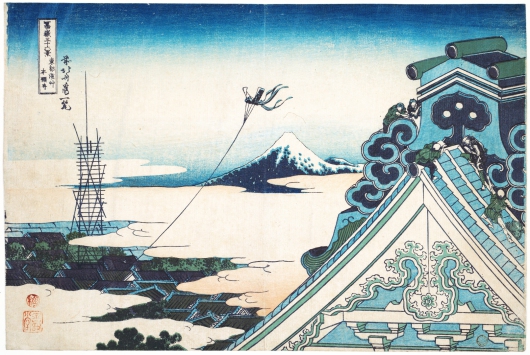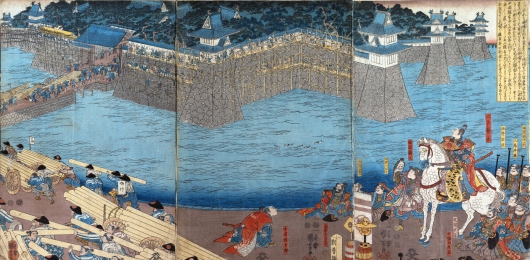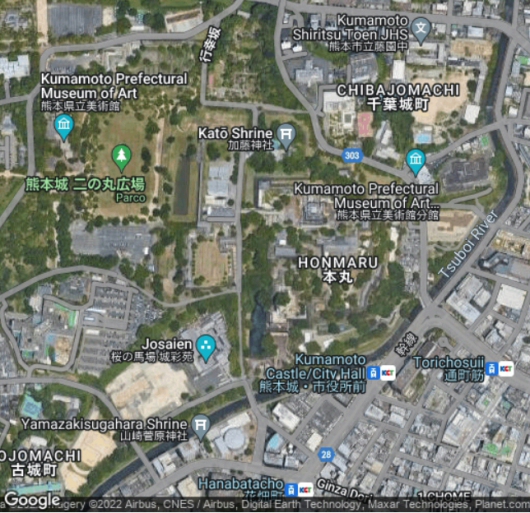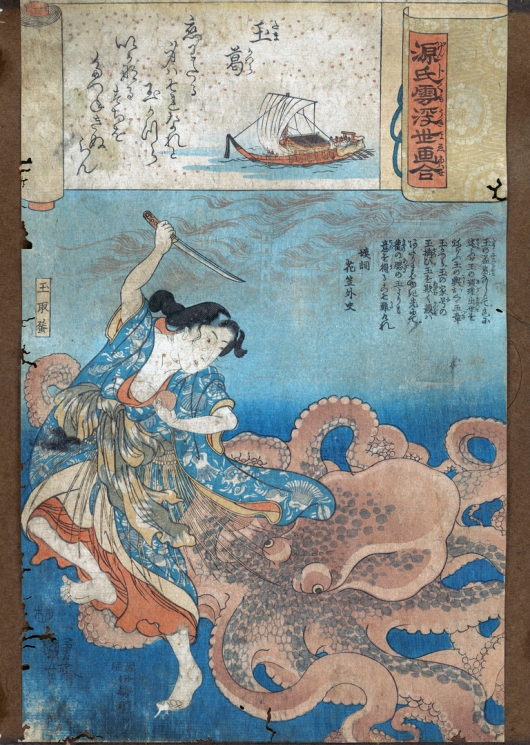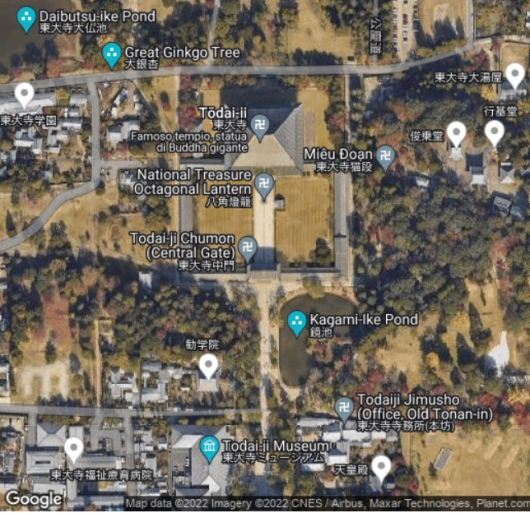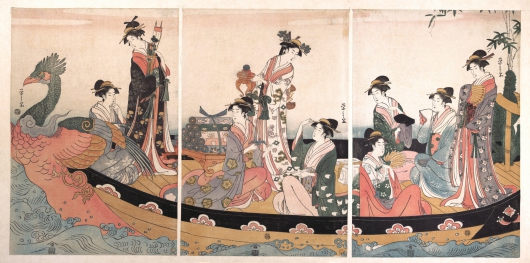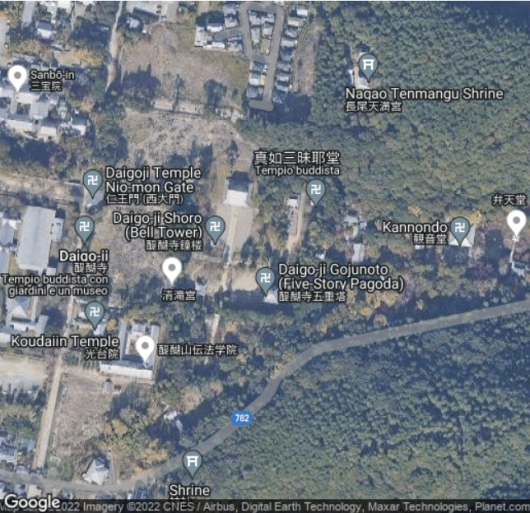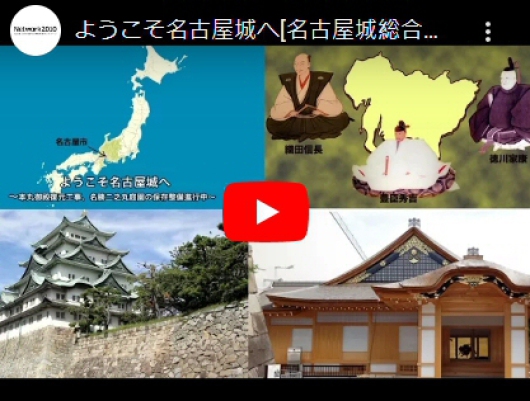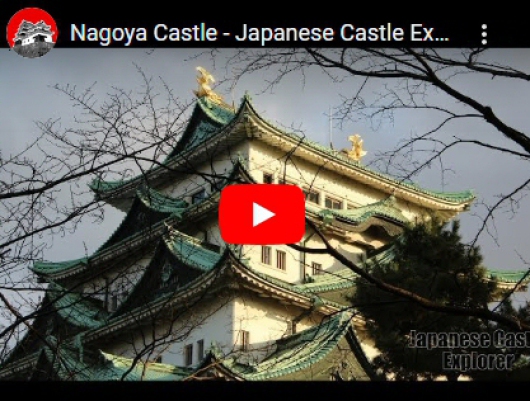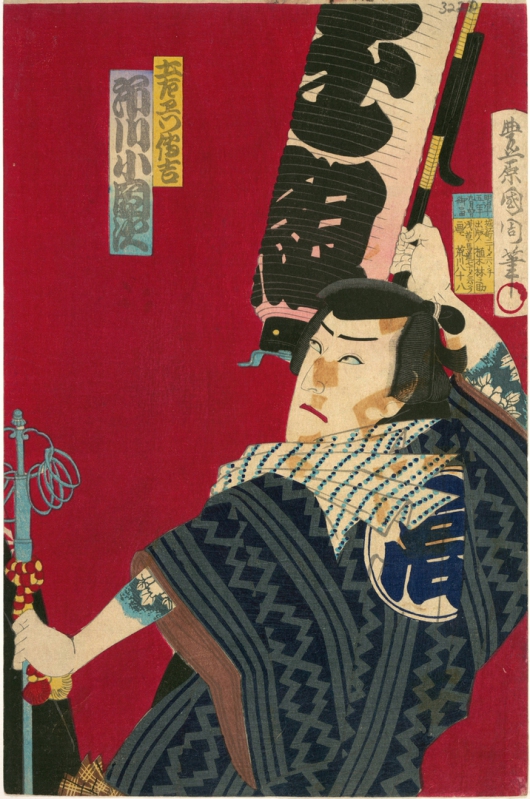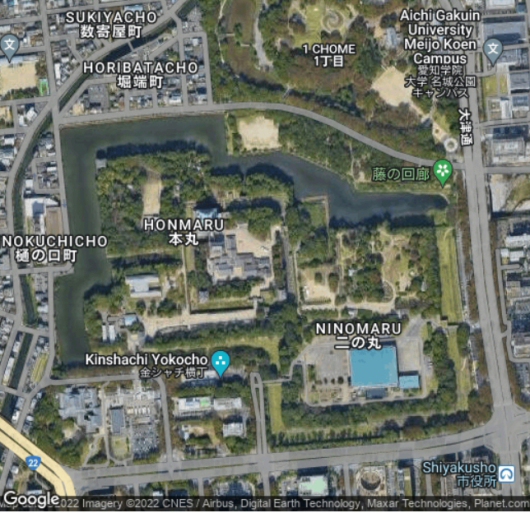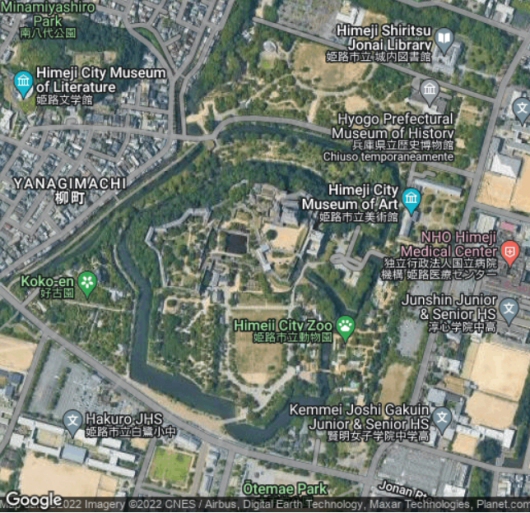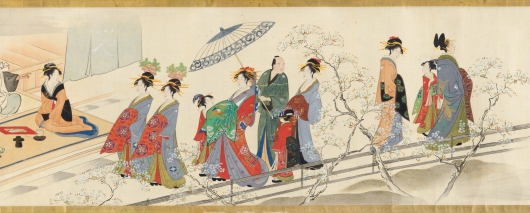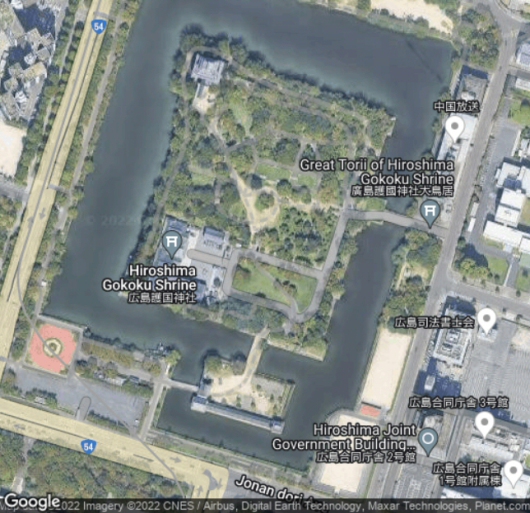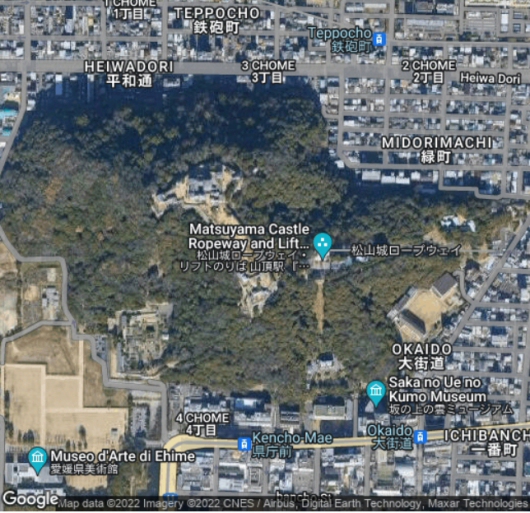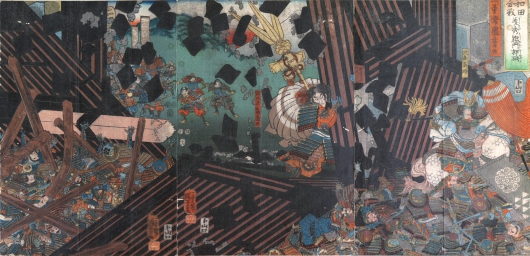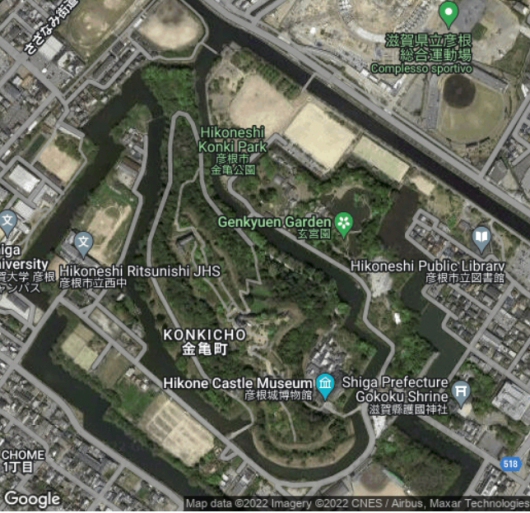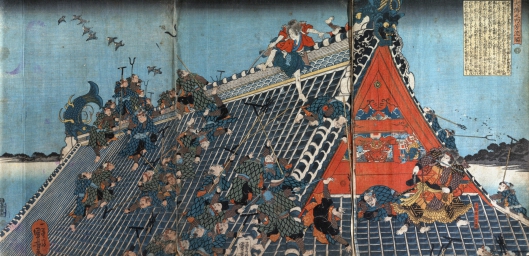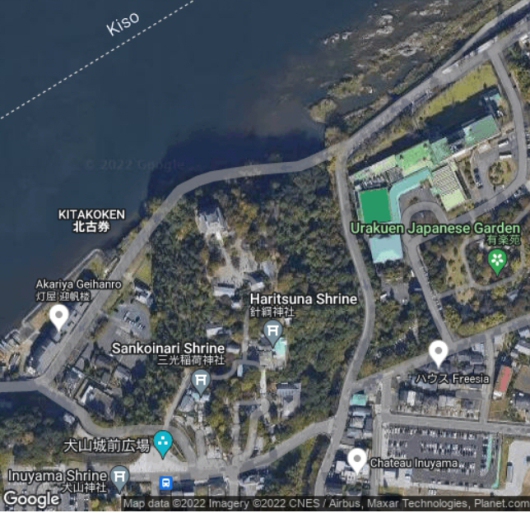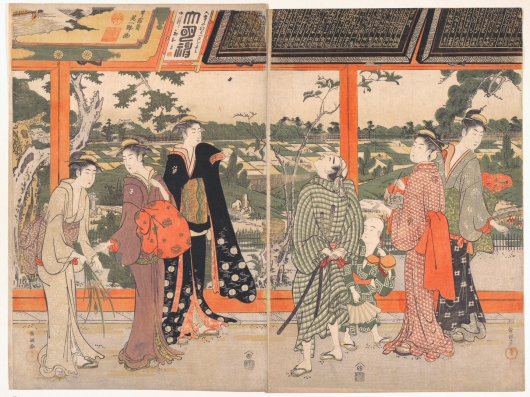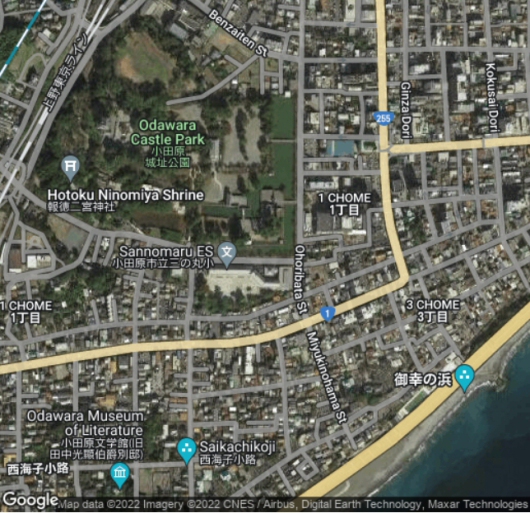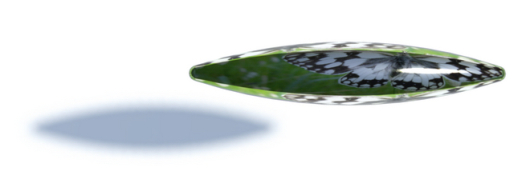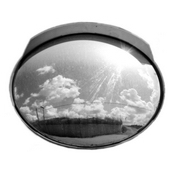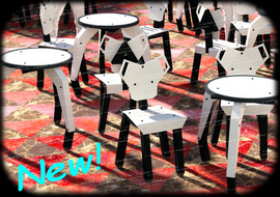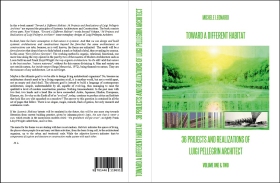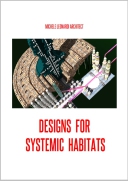Gardens 7
THE JAPANESE GARDENS 2
From "Album of Fifteen Triptychs of Famous Battlescenes"; Album of 15 triptychs of polychrome woodblock prints; ink and color on paper, Edo period (1615-1868), 19th century. Source: THE MET - The Metropolitan Museum of Art, New York, U.S.A. Website: www.metmuseum.org .
"Nintoku Kofun flight".
"What is Japanese Kofun". Language: Japanese.
Katsushika Hokusai (1760–1849): "Honganji at Asakusa in Edo" ("Tōto Asakusa Honganji"), from the series "Thirty-six Views of Mount Fuji" ("Fugaku sanjūrokkei"); polychrome woodblock print; ink and color on paper, Edo period (1615-1868), ca. 1830-32. Source: THE MET - The Metropolitan Museum of Art, New York, U.S.A. Website: www.metmuseum.org.
"Restoring Castles in Japan", Japanology. Language: English.
The Western and contemporary concept of restoration is not exactly applicable to traditional Japanese architecture and constructions. In fact, following the tradition, the ancient Japanese buildings must be periodically demolished and then rebuilt. For this Japanese castle, the Kumamoto Castle, if we can speak in this case of "restoration", it is only because there was an earthquake.
But in the Western World, in the past, in Europe, the concept of restoration, linked to the "true" and to the "original", was exported in a completely arbitrary way from the field of art to that of architecture. In fact, for architecture we should speak only of periodic maintenance. While in general, in the field of architecture, restoration should always be an exceptional event. M.L.
"Album of Fifteen Triptychs of Famous Battlescenes" by Various Artists: Utagawa Kuniyoshi (1797–1861), Utagawa Kunisada (1786–1865), Utagawa Yoshikazu (active ca. 1850–1870), Utagawa Yoshitsuna (active ca. 1850–1860), Utagawa Yoshitora (active ca. 1850–80), Utagawa Yoshitsuru (active ca. 1840–1850), Utagawa Yoshihide (1832–1902), Utagawa Yoshitsuya (1822–1866), Utagawa (Gountei) Sadahide (1807–1878/79); Edo period (1615–1868); 19th century. Source: THE MET - The Metropolitan Museum of Art, New York, U.S.A. Website: www.metmuseum.org.
Utagawa Kuniyoshi (1797-1861): "Sendagi Dangozaka"; polychrome woodblock print; ink and color on paper, Edo period (1615-1868), ca. 1845-1846. Source: THE MET - The Metropolitan Museum of Art, New York, U.S.A. Website: www.metmuseum.org .
Chōbunsai Eishi (1756–1829): "The Treasure Boat", Edo period (1615–1868), triptych of polychrome woodblock prints; ink and color on paper; ca. 1795. Source: THE MET - The Metropolitan Museum of Art, New York, U.S.A. Website: www.metmuseum.org.
"Welcome to Nagoya Castle". Language: Japanese.
"History of Nagoya Castle 400 years". Language: English.
"Nagoya Castle" , Japanese Castle Explorer". Language: English.
"Toyohara Kunichika (1835–1900): "Ichikawa Sadanji as Dozaemon Denkichi in a Kabuki Play", Meiji period (1868–1912); one sheet of a triptych of polychrome woodblock prints; ink and color on paper; date: September, 1882. Source: THE MET - The Metropolitan Museum of Art, New York, U.S.A. Website: www.metmuseum.org.
"Album of Fifteen Triptychs of Famous Battlescenes" by Various Artists: Utagawa Kuniyoshi (1797–1861), Utagawa Kunisada (1786–1865), Utagawa Yoshikazu (active ca. 1850–1870), Utagawa Yoshitsuna (active ca. 1850–1860), Utagawa Yoshitora (active ca. 1850–80), Utagawa Yoshitsuru (active ca. 1840–1850), Utagawa Yoshihide (1832–1902), Utagawa Yoshitsuya (1822–1866), Utagawa (Gountei) Sadahide (1807–1878/79); Edo period (1615–1868); 19th century. Source: THE MET - The Metropolitan Museum of Art, New York, U.S.A. Website: www.metmuseum.org.
Hiroshima Castle
Hiroshima, Japan; 1592-1599; rebuilt in 1958.
More info on Wikipedia: Hiroshima Castle.
Chōbunsai Eishi (1756–1829): "Three Gods of Good Fortune Visit the Yoshiwara"; or “Scenes of Pleasure at the Height of Spring”; Edo period (1615–1868), handscroll; ink and color on silk, early 19th century. Source: THE MET - The Metropolitan Museum of Art, New York, U.S.A. Website: www.metmuseum.org
"Album of Fifteen Triptychs of Famous Battlescenes" by Various Artists: Utagawa Kuniyoshi (1797–1861), Utagawa Kunisada (1786–1865), Utagawa Yoshikazu (active ca. 1850–1870), Utagawa Yoshitsuna (active ca. 1850–1860), Utagawa Yoshitora (active ca. 1850–80), Utagawa Yoshitsuru (active ca. 1840–1850), Utagawa Yoshihide (1832–1902), Utagawa Yoshitsuya (1822–1866), Utagawa (Gountei) Sadahide (1807–1878/79); Edo period (1615–1868); 19th century. Source: THE MET - The Metropolitan Museum of Art, New York, U.S.A. Website: www.metmuseum.org.
"Album of Fifteen Triptychs of Famous Battlescenes" by Various Artists: Utagawa Kuniyoshi (1797–1861), Utagawa Kunisada (1786–1865), Utagawa Yoshikazu (active ca. 1850–1870), Utagawa Yoshitsuna (active ca. 1850–1860), Utagawa Yoshitora (active ca. 1850–80), Utagawa Yoshitsuru (active ca. 1840–1850), Utagawa Yoshihide (1832–1902), Utagawa Yoshitsuya (1822–1866), Utagawa (Gountei) Sadahide (1807–1878/79); Edo period (1615–1868); 19th century. Source: THE MET - The Metropolitan Museum of Art, New York, U.S.A. Website: www.metmuseum.org.
Kubo Shunman (1757–1820), print, Edo period (1615-1868), polychrome woodblock print; ink and color on paper. Source: THE MET - The Metropolitan Museum of Art, New York, U.S.A. Website: www.metmuseum.org.
BIBLIOGRAPHY
- Gunter Nitschke: "Japanese Gardens", Taschen GmbH, Cologne, Germany, 2007.
The Japanese garden, like all gardens, is more than mere nature; it is nature crafted by man. It needs the hands of the designer to give it meaning. The Japanese garden belongs to the realm of architecture; at its best, it is nature as art. The phases of its history document the constant redefinition of man’s position within and towards nature. Its changing forms respond both to socio-economic developments and to religious and philosophical trends, and thereby reflect the spiritual climate in which its architecture was conceived.
At the same time as detailing the characteristics distinguishing and differentiating each of the five major epochs in the history of the Japanese garden, the author identifies the common motif which underlies them all: the recurrent attempt to unite beauty as natural accident and beauty as human-perfected type, to achieve an aesthetic symbiosis between the seeming randomness of natural form and the strict geometry of the right angle.
- Sophie Walker: "The Japanese Garden", Phaidon Editore, New York City, NY, U.S.A., 2017.
The most comprehensive exploration of the art of the Japanese garden published to date, this book covers more than eight centuries of the history of this important genre. Author and garden designer Sophie Walker brings fresh insight to this subject, exploring the Japanese garden in detail through a series of essays and with 100 featured gardens, ranging from ancient Shinto shrines to imperial gardens and contemporary Zen designs. Leading artists, architects, and other cultural practitioners offer personal perspectives in newly commissioned essays.
- Betchaku, Yaksuko, and Joan B. Mirviss: "Utamaro: Song of the Garden", The Viking Press, 1984.
Although far removed in subject matter from the elegant courtesans for which Kitagawa Utamaro (1753–1806) is justly renowned, the "Book of Insects" (Ehon mushi erabi, literally translated as "Picture Book of Selected Insects") is not merely a footnote to the artist's lifework. Rather, it is a pivotal work, one that assured Utamaro's future artistic career and anticipated subsequent developments in Japanese art. For in the book's fifteen delicate designs, the artist has woven threads of Japanese and Chinese artistic tradition together with a naturalism obtainable only through keen powers of observation. Although the title mentions only insects, a variety of plant and animal life is portrayed and rendered with such subtlety and graceful simplicity that the true genius displayed by the artist can be easily overlooked.
Although this book is now treasured for its illustrations, it was originally designed not simply as a picture book but as an anthology of specially commissioned poems on the subject of insects. In fact, the verses composed for each plate, new translations of which appear at the back of this volume, are appropriate poetic companions to Utamaro's unorthodox drawings. Yadoya no Meshimori, who compiled the poems and wrote the preface, was the leader of the kyōka (comic verse) movement, which emerged as a reaction against rigid classical traditions and allowed for great freedom of subject and style, for the poems often incorporate humorous or amorous undertones. In his preface Meshimori reveals that the idea for a selection of poetry based on the theme of love but apparently devoted to insects occurred to him and his friends as they sat listening to crickets and cicadas along a riverbank, an activity popular as early as the tenth century in Japan but given new life here as the poetic form and theme depart radically from tradition.
The original Ehon mushi erabi consists of two volumes bound so that the fifteen designs form double-page illustrations, each one including depictions of two different species and two accompanying poems. Based on a superb first-edition copy in the collection of The Metropolitan Museum of Art, Songs of the Garden reproduces the fifteen designs by Utamaro in a facsimile size, arranged in a fold-out format to be viewed in Western fashion, left to right. The printed texts, unlike the original, follow the illustrations and a note about the poetry and the translations.
- Sophie Walker: "Il giardino giapponese", Italian Version, L'Ippocampo Edizioni, Milano, 2017.
Il giardino giapponese tratta per la prima volta in maniera esaustiva questo affascinante universo, i suoi principi e la sua filosofia, ripercorrendo mille anni di storia. Nei suoi saggi tematici Sophie Walker - creatrice di giardini - offre al lettore nuove, penetranti intuizioni. I testi sono accompagnati dalle splendide immagini di oltre novanta giardini: dagli antichi santuari shintoisti ai giardini imperiali, fino ai più recenti progetti zen. Scritti inediti di personalità del mondo dell'arte, dell'architettura e del design come Tadao Andö, Anish Kapoor, Tan Twan Eng, John Pawson, Marcus du Sautoy e Lee Ufan interpretano in maniera personale questa forma di bellezza senza tempo che da secoli influenza l'architettura del paesaggio sia in Giappone che nel resto del mondo.
- Adolfo Tamburello: "Giappone", Original Version in Italian, Arnoldo Mondadori Editore, Milano, 1973.
Testo fondamentale sull'architettura giapponese, corredato da nutrita e impeccabile documentazione fotografica, nonché da disegni illustrativi essenziali per capirne il metodo costruttivo.

